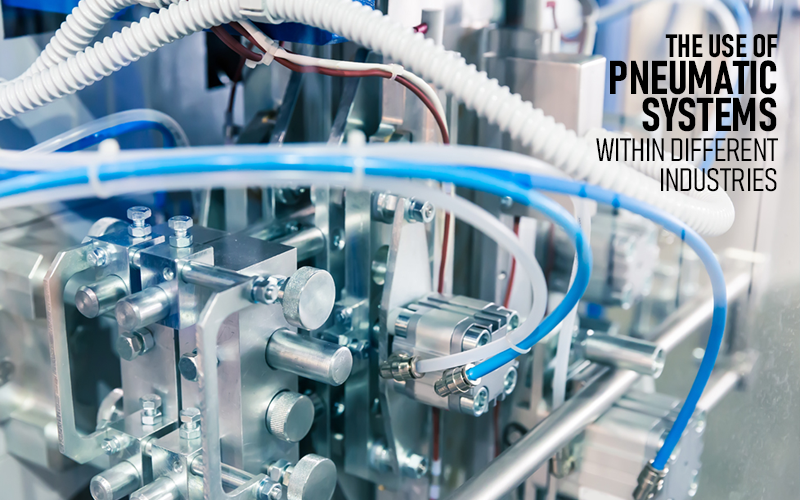Pneumatic systems are tools that use compressed air as a source of energy. Through capturing air, they carry it around a circuit and, in doing so, complete designated tasks with the generated energy. Making their presence felt, pneumatic systems are found to be effective in different industries. These systems are operative in moving around heavy loads around an assembly floor, a logistical warehouse or a manufacturing unit. Referred to as the fourth utility within industrial settings, pneumatic systems offer tremendous lifting power, without any of the drawbacks associated with electromotive systems.
Being highly useful tools, machine movers such as a skating machine is a modern take on moving around machinery. Fitting snugly underneath a load, a skating machine works to assist industrial locations in a comprehensive manner. The powerhouse of the entire process is the black diaphragm fitted at the bottom of each load.
With compressed air creating a film or seal between the load and the surface, the load virtually floats across the assembly floor. Such tools typically outperform overhead cranes and forklifts, as they offer versatile applications. Be it an awkwardly shaped load or be it uneven load distribution, moving casters cover all grounds.
The Reasons for This Sustained Dominance
- Workplace Safety: Given how industrial units operate, there is a huge score of personnel working on the ground at any given time. Due to lacking an electric-drive motor, pneumatic systems are more compact and safer for working around with. Being reliable and durable, there is no possibility of explosions and sparks when operating such systems. Reducing user fatigue, or any potential injuries that may arise from fatigue, air-powered systems work to uphold the standards of workplace safety. Additionally, air-powered systems deter the development of hand-arm vibration syndrome, which is caused by exposure to vibrating tools.
- No Maintenance: Unlike other systems, air powered systems such as machine skates don’t require regular lubrication and don’t entail a maintenance schedule. Less likely to overheat or cause any glitches, these systems typically tend to have a longer service life when compared to electrical systems.
- Potential Savings: Air-powered systems don’t cause any damage to the flooring of the manufacturing unit. Saving the operator hundreds, if not thousands of dollars, air-powered systems work to cut down costs. Requiring no electrical source and operating purely on compressed air, the operator gets to benefit from a limitless energy source.
- A Clean System: With compressed air flowing through, there are no possibilities of blockages occurring. Such a system keeps the instrument free from containments, which can play a part in breaking down the system.
- Inexpensive: Saving the operator or manufacturer the initial cost, pneumatic systems are relatively cheaper than their counterparts. This leads the operator to not just save the initial cost, but also save ensuing costs that arise with other electromotive systems.
- Requires No Specialized Training: At the end of the day, the operator aims to increase the productivity, profitability, and efficiency of its manufacturing unit. Facilitating this need, unlike other systems, pneumatic systems don’t require specialized training. Along with this, such systems also increase a unit’s productivity, as the job carried out by several people, can easily be carried out by one person.
- No Dangers If It Leaks: If working within a food-processing unit, it is extremely important for the manufacturer to ensure their unit is squeaky clean. Thus, even if a pneumatic system leaks, it won’t cause any harm to the external atmosphere. Being a cost-effective and hazard-proof system, an operator gets to benefit immensely.
Pneumatic systems play an instrumental role in ensuring an assembly floor stays safe, efficient, and resourceful. Owing to this, they have continued to dominate industrial spaces for ages now.
Why Choose Hovair?
Hovair understands the science behind harnessing compressed air for powering systems. Experienced in providing the material handling industry with air bearing systems for the past 50 years, Hovair works to provide innovative and quality pneumatic systems. Be it industrial turntables, vehicle turntables, or air handling systems, Hovair is well-aware of all matters pneumatic systems.


